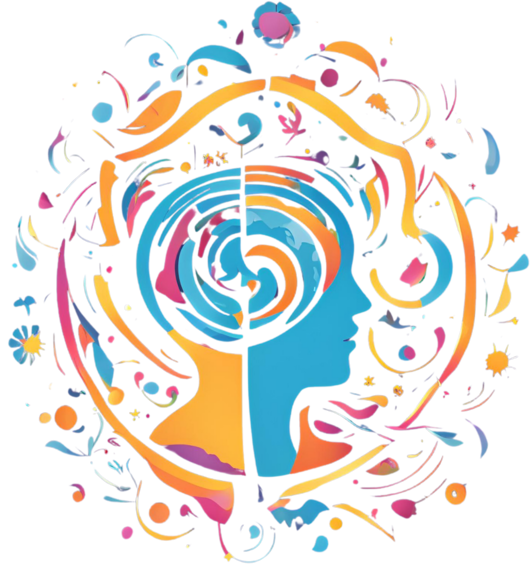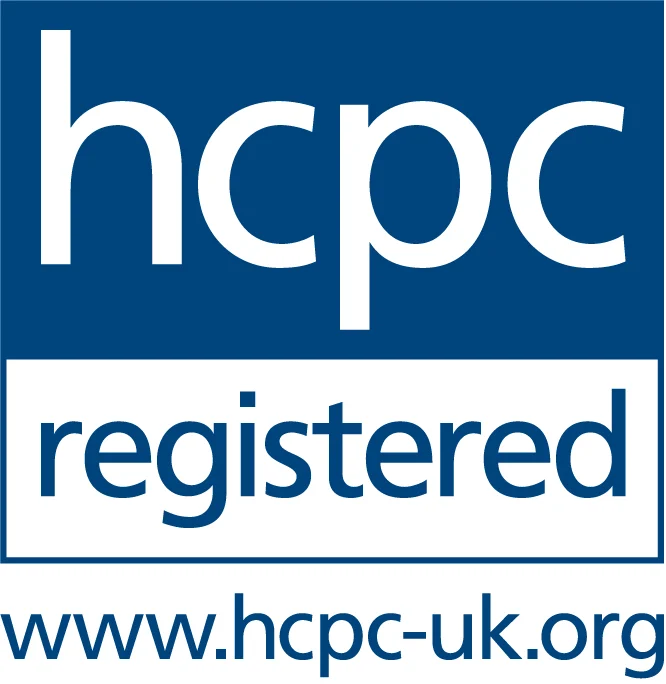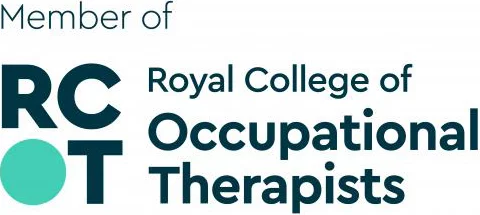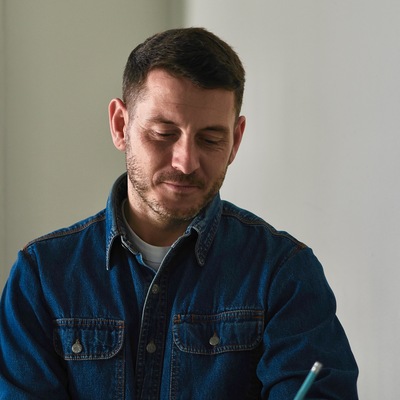
About me
I’m Chris, a Penrith based, HCPC registered, Occupational Therapist with extensive experience of working in mental health services and education.
I work with children (aged 7+), teens, young adults and families, providing support around a range of mental health and well-being difficulties. My practice is also informed by my training in Eye Movement, Desensitization and Reprocessing (EMDR) psychotherapy for trauma.
I have a wealth of mental health experience working with children, teens, their teachers and families in primary and secondary school settings.
This has included working with clients and collaborating with their caregivers online and in-person, schools (with their permission) or other relevant environments.
Who I work with
I work with children, teens and adults who feel that their mental health is impacting various areas of their life such as routine, their role, school, the relationship with themselves or others and overall well-being.
This includes those looking for a safe and non-judgemental space to unburden and share their difficulties with and are keen to bring about positive change.
I also work with children, adolescents, parents or families looking for individual or collective support to overcome their difficulties
I have a wealth of experience in supporting those who identify as being neuro-diverse or suspect they may be neuro-diverse. The type of support I can offer will be based on the individual’s neurodiverse needs.
Lastly, I enjoy working with those who may feel rejected or judged by others, this has also included working with clients facing difficulties around their sexuality or within their various personal or LGBTQ+ communities.
Key specialist skills:
- Emotional regulation
- Generalised Anxiety Disorder
- Trauma (Including PTSD) Including screening
- Phobias
- Emotionally Based School Avoidance (EBSA)
- Low self esteem
- Depression or low mood
- Client-centred Therapy
- Working with Children & Families
- Working with Children in Educational Establishments
- ADHD/Autism screening and support
- Assisted LEGO® Therapy
What do my clients say?
Names are hidden to respect the anonymity of the client

“Finding the right therapist isn’t easy, especially with children. Chris has a natural affinity with children and develops genuine connections quickly.
We would highly recommend Chris as a therapist and in particular, his unique understanding of children and their pressured lives and complex, hidden feelings.”
Parent of child

“I was really struggling with my thought process, clarity, and anxiety before meeting Chris, which led me to behaving in a way which was far from what I wanted to be. From our first meeting. Chris provided a safe space for me to release my feelings and thoughts and has given me multiple coping mechanisms to help positively impact my mental health.”
Client, 28 years old

“Chris’s home visits helped reset our sons’ emotions. And helped him regulate how he was feeling. Our son felt as though he wasn’t the only child who experiences big feelings and loneliness.”
Parent of child
Sessions
I offer a free online or phone consultation to introduce myself and my service. Also, for you to ask any questions and to establish if we’d be a good fit to work together.
Our first session will be 1 hour in duration to allow for sufficient time to explore the root cause of your difficulties.
Sessions of Phase 4 EMDR also require a session duration of 60-90 minutes to allow for time to effectively deliver this protocol, in line with NICE Clinical Guidelines.
Most clients are advised to engage in 6-12 sessions for optimum and lasting results. The frequency and duration of the sessions may vary based on the needs and budget of the client.
To secure the session, payment is required 48 hours in advance, sent via bank transfer. This also includes cancellations.
I offer sessions in Penrith, either at your home, at school (with their permission) or in a therapy room based in Penrith town centre.
Fees:
1 hour: £80
45 minutes: £50
What is Occupational Therapy (OT)?
Occupational therapy enables you to live your best life at school, home or at work and in other areas of your life.
It’s about being able to do the things you want and have to do and help you overcome challenges such as starting a new school year, learning at school, going to work or engaging in everyday activities.
Everything is focused on your well-being and your ability to participate in meaningful activities and aspects of your life such as your role, routine, school or relationship with yourself and others.
It’s a science-based, health and social care profession that’s regulated by the Health and Care Professions Council (HCPC).
Occupational Therapy & Mental Health
Occupational therapists can help people with various mental health conditions such as depression, anxiety and post-traumatic stress disorder (PTSD).
Client centred assessments and interventions can be made to help support and manage these conditions, encourage optimum independence and help the person become the best version of themselves to be able to take part in the everyday activities that make up their daily life.
In addition, Occupational Therapists can help children and teens develop skills and coping strategies that will help them thrive and cope with their social and emotional development and mental health at school, home and other areas of their life.
Walking & Talking
Clear your mind one step at a time
Are you feeling overwhelmed, anxious, or stuck? Traditional therapy isn’t for everyone. Walking and talking offers a more natural, grounding alternative — combining gentle movement, the outdoors, and therapeutic conversation.
Why Walk & Talk?
Being outside and moving while you talk can help:
- Reduce stress and anxiety
- Lift your mood
- Encourage clearer thinking
- Create a relaxed, open space for conversation
Whether it’s a stroll through the park or along a woodland path, each session is tailored to your pace and comfort.
Breathwork
Breathwork means using intentional breathing techniques and slow, controlled or rhythmic breathing. Breathwork techniques can help calm the mind and body and help to reduce stress, anxiety, and overwhelm.
How Breathwork Supports Mental Health
Breathwork activates the body’s relaxation response and can lower cortisol, the stress hormone. It helps improve emotional regulation and can increase feelings of calm, focus, and safety.
Breathwork supports the shift from “fight-or-flight” into a calmer state and helps with the connection between the body and mind. With regular breathwork practice it can help to improve sleep, focus, and resilience.
Breathwork also helps the nervous system become more balanced and adaptable, which will enable you to calmly respond in times of various difficult situations.
What Is a Breathwork Coach?
A breathwork coach is a trained professional who guides people through breathing exercises.They help individuals use breath to support emotional and physical well-being.
What a Breathwork Coach Provides
- Guided exercises: They teach specific breathing techniques.
- A safe space: They create a calm and supportive environment.
- Education: They explain how breathing affects the mind and nervous system.
- Personal tools: They offer strategies people can use in daily life.
- Support and adjustments: They help ensure the techniques are used safely and effectively.
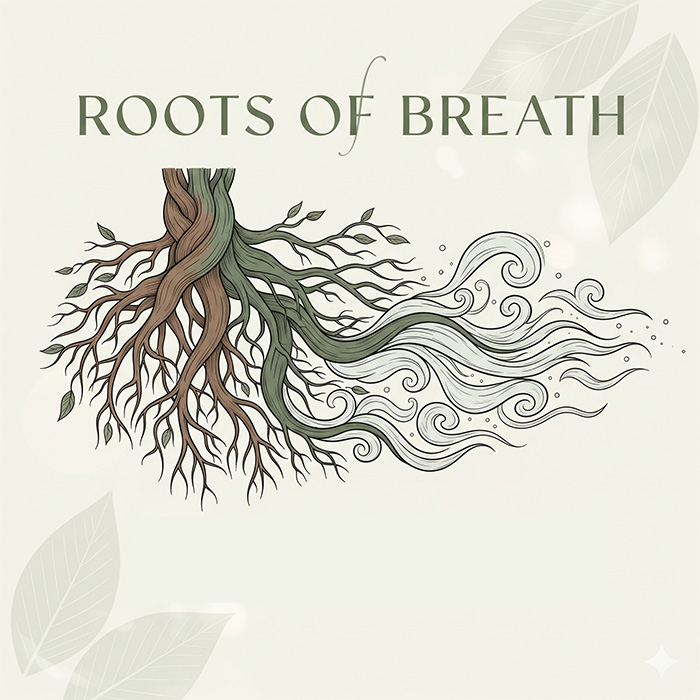
EMDR
Eye Movement Desensitization and Reprocessing is a type of psychotherapy that was originally developed to help people who have experienced trauma.
The goal of EMDR is to help your brain process the traumatic event and by the use of bilateral stimulation. I want you to imagine a seesaw which moves back and forth, bilateral stimulation involves alternating stimulation between the left and right sides of the body. This can help to calm the nervous system and promote emotional processing and reduce it’s emotional charge.
EMDR can be most commonly used to treat post-traumatic stress disorder (PTSD), it can also be helpful for other mental health conditions, such as anxiety, depression, and phobias.
EMDR Explained
Assisted LEGO® Therapy
Assisted LEGO® Therapy is a play-based approach that uses LEGO® bricks to help children build social and communication skills.
During sessions, children work together to create models, take on roles, and practice turn-taking in a fun and structured way.
A trained facilitator guides the activity and supports positive interaction.
How It Helps Children
This therapy is especially helpful for children with autism, as it provides clear routines, visual structure, and predictable steps. It encourages children to communicate with others in a low-pressure and enjoyable environment.
The hands-on nature of LEGO® building helps children stay engaged and motivated.

Benefits for Children
- Improves social skills, such as sharing, turn-taking, and cooperative play.
- Builds communication skills, including asking for help, giving instructions, and listening.
- Strengthens problem-solving abilities by encouraging teamwork to complete a shared task.
- Boosts confidence and self-esteem through success and positive feedback.
- Supports emotional regulation by offering a calm, focused activity.
Assisted LEGO® Therapy makes learning social skills fun, accessible, and meaningful—helping children grow through play.
Contact Chris
Email: otforyoungminds@gmail.com
